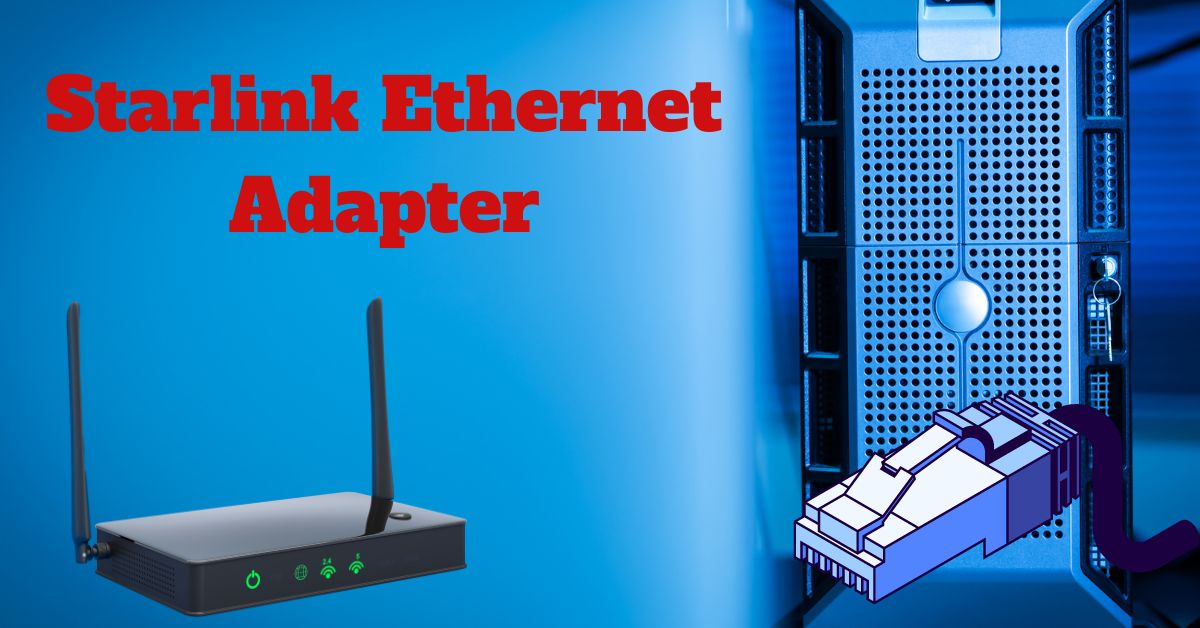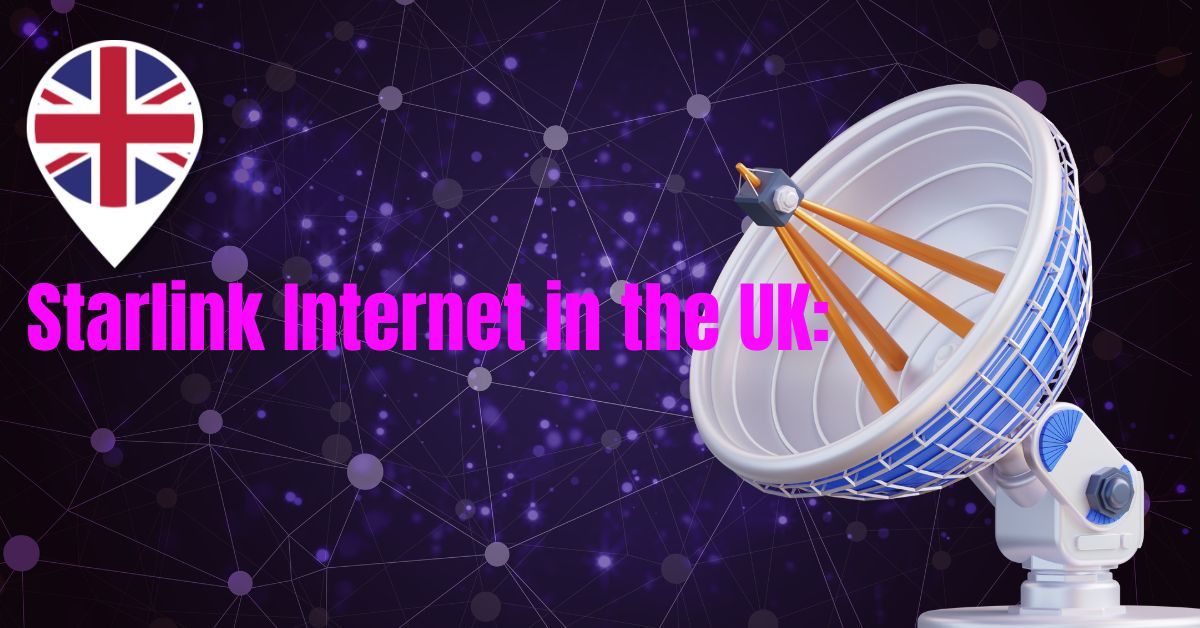Hey, I hope you are happy in life, welcome to our blogs! I hope you like this article of mine. I try to share information about the internet in every article.
I always try to share knowledge that no blogger has given you before today. Let’s go ahead and get complete information about Starlink Internet Speeds.
Introduction
Satellite internet has completely changed how I connect to the web, especially living in a remote area where traditional internet services are often unreliable or non-existent.
One of the most exciting developments in this field has been Starlink, a satellite internet constellation developed by SpaceX.
In this article, I’ll dive into the details of Starlink Internet Speeds and share my experience with this groundbreaking technology.

What Is Starlink and How Does It Work?
I’m excited to dive into what makes Starlink such a game-changer in the world of internet connectivity.
Starlink, developed by SpaceX, is a satellite internet constellation project designed to provide high-speed, low-latency internet access to areas that have been traditionally underserved or are hard to reach.
Instead of relying on ground-based infrastructure, Starlink uses a network of low Earth orbit (LEO) satellites.
This setup helps overcome many of the limitations associated with traditional internet providers, like geographical constraints and the high cost of building infrastructure.
Here’s how it works: I use a dish antenna that communicates with satellites orbiting the Earth at altitudes ranging from 340 to 570 kilometers.
The data travels from my dish to a satellite, then to a ground station, and finally connects to the broader internet.
This system is designed to deliver faster and more reliable internet access compared to traditional satellite services, which typically involve higher orbits and can experience greater latency.
Current Starlink Internet Speeds: What You Need to Know
Average Speed Range of Starlink Internet
When I use Starlink, I can expect download speeds to range from 50 Mbps to 250 Mbps, depending on various factors like my location and network congestion.
Upload speeds generally fall between 10 Mbps and 20 Mbps. These speeds are quite competitive and can support a variety of online activities, from streaming and gaming to video conferencing.
Comparing Starlink Speeds to Traditional Internet Providers
In my experience, Starlink often matches or even exceeds the speeds offered by many traditional broadband services, especially in rural or underserved areas.
While it might not always reach the speeds of high-end fiber-optic connections found in urban settings, the advantage of Starlink lies in its ability to bring reliable internet to places that traditional providers might not reach.

Factors Affecting Starlink Internet Speeds
How Satellite Position and Network Congestion Impact Speeds
I’ve noticed that Starlink’s performance can be influenced by satellite positioning and network congestion. Since the satellites move in low Earth orbit, their relative position to my dish can affect the signal strength and speed.
Additionally, if many users are accessing the service simultaneously, I might experience slower speeds due to network congestion.
The Effect of Weather Conditions on Starlink Speeds
Weather can also play a role in my internet experience. Heavy rain, snow, or storms can impact the signal between the satellite and my dish, leading to reduced speeds or even temporary interruptions.
While Starlink handles weather challenges better than some traditional satellite services, severe conditions can still affect performance.
How Your Hardware Affects Internet Speed
The hardware I use, including the dish and router, can affect my internet speed.
Ensuring that my dish is installed with a clear line of sight to the sky and minimizing obstructions can help me get the best performance.
Any interference from obstacles like trees or buildings might degrade the signal.
Starlink Speed Performance Across Different Regions

Starlink Speed Performance Across Different Regions
Speed Variations by Country or Region
I’ve seen that Starlink’s performance can vary based on where I am. Factors such as satellite coverage, network infrastructure, and local demand can influence the speed I experience.
In densely populated areas or regions with more ground stations, speeds may be more stable and higher.
Rural vs. Urban Speed Differences
In my rural area, Starlink’s ability to deliver high-speed internet is a huge advantage over traditional providers. In urban settings, where there might be more competition and congestion, speeds could vary more.
However, urban users might also have access to faster broadband options, which can make Starlink’s relative benefit less pronounced.
Recent Speed Improvements and Future Enhancements
Recent Upgrades and Their Impact on Speeds
Starlink is always evolving. Recent upgrades, such as launching more satellites and enhancing ground stations, have improved my internet speeds and overall performance.
These advancements are designed to increase network capacity and reduce latency.
What to Expect from Future Starlink Speed Upgrades
Looking ahead, I’m excited about future improvements. Starlink plans to deploy additional satellite constellations, including the Gen 2 satellites, which promise to offer even higher speeds and better performance.
As the network grows and technology advances, I can expect continued enhancements in coverage, speed, and latency.
Real-World Starlink Speed Test Results

Real-World Starlink Speed Test Results
User Reviews and Speed Test Comparisons
From my testing and reading user reviews, Starlink generally performs well. Many users, including myself, have found it to be a reliable service, especially in areas with limited options.
Speed test results often show competitive performance compared to other internet providers.
Case Studies from Various Locations
I’ve looked at case studies from different locations and noticed that Starlink’s performance can vary. For instance, users in remote areas often experience higher speeds and more consistent performance compared to those in more competitive regions.
Optimizing Your Starlink Internet Speed

Optimizing Your Starlink Internet Speed
Tips for Enhancing Your Connection Speed
To get the most out of my Starlink service, I make sure my dish is properly installed with a clear view of the sky and away from any obstructions.
Keeping my equipment up-to-date and following the manufacturer’s setup guidelines helps maintain optimal performance.
Recommended Equipment and Setup for Optimal Performance
I recommend using the latest Starlink user terminal and, if needed, investing in professional installation to resolve any issues with signal strength or connectivity.
Proper equipment and setup are key to achieving the best possible speeds.
Starlink vs. Other Satellite Internet Providers

Starlink vs. Other Satellite Internet Providers
How Starlink Compares to Competitors
In my comparisons, Starlink stands out from other satellite internet providers like HughesNet and Viasat due to its use of low Earth orbit satellites.
This typically results in lower latency and higher speeds. However, the competition remains in terms of pricing, coverage, and additional services.
Pros and Cons of Starlink Compared to Other Satellite Providers
Common Speed Issues and Troubleshooting Tips
Common Problems and How to Fix Them
I’ve encountered common issues like network congestion and hardware malfunctions. To address these, I check for firmware updates, reposition the dish if needed, and ensure no obstructions are affecting the signal.
Diagnosing and Resolving Speed Issues
If I experience speed issues, I run speed tests at different times and check the Starlink app for system status. Persistent problems may require contacting customer support for assistance or equipment replacement.
The Future of Satellite Internet and Starlink’s Role
Predictions for Satellite Internet Speed Trends
The future of satellite internet looks promising. I expect to see faster speeds, lower latency, and more widespread coverage as technology advances and satellite constellations expand.
How Starlink Is Shaping the Future of Internet Connectivity
Starlink is leading the way in transforming global internet access. Providing high-speed internet to underserved areas is setting the stage for more innovations in satellite internet and driving advancements in connectivity.
FAQs about Starlink Internet Speeds
What is the average internet speed provided by Starlink?
Starlink offers download speeds typically ranging from 50 Mbps to 250 Mbps, with upload speeds between 10 Mbps to 20 Mbps. However, speeds can vary depending on network congestion and location.
How does Starlink’s speed compare to traditional satellite internet?
Starlink generally provides higher speeds than traditional satellite internet providers, which often offer speeds ranging from 10 Mbps to 25 Mbps. Starlink’s use of low Earth orbit (LEO) satellites allows for faster and more reliable connections.
Can Starlink maintain high speeds in remote areas?
Yes, Starlink is designed to deliver high-speed internet to remote and rural areas where traditional internet services are often slower or unavailable.
Does weather affect Starlink’s internet speeds?
Yes, extreme weather conditions such as heavy rain, snow, or thick cloud cover can potentially affect Starlink’s internet speeds and overall performance.
What latency can I expect with Starlink?
Starlink generally offers lower latency than traditional satellite providers, with typical latency ranging from 20 ms to 40 ms. This makes it suitable for activities like online gaming and video conferencing.
Will Starlink’s speeds improve over time?
Yes, Starlink’s speeds are expected to improve as more satellites are launched and network infrastructure is enhanced.
Are Starlink’s speeds consistent throughout the day?
Speeds can fluctuate depending on the time of day and network usage. Peak usage times may result in slightly lower speeds due to increased demand.
Conclusion
Summary of Speed Benefits and Limitations
Overall, Starlink offers competitive speeds, especially beneficial in remote or underserved areas. While it may not always match the speeds of high-end fiber-optic connections in cities, its ability to provide reliable internet where others cannot is a significant advantage.
Final Thoughts on Whether Starlink Meets Your Needs
Whether Starlink is right for me depends on my specific needs and location. If I live in a remote area with limited internet options, Starlink could be an excellent choice. For those in urban areas with access to high-speed broadband, the decision might depend on performance needs and cost.



